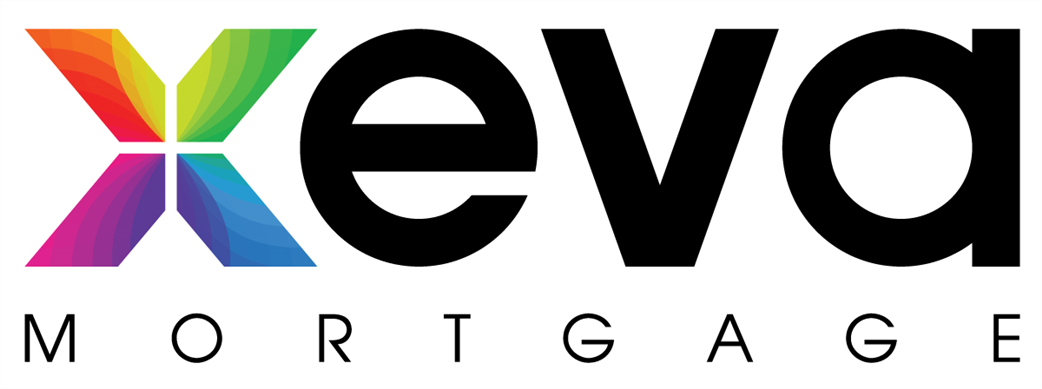New Insured Mortgage Rules
#1 As of December 15th, the price cap for insured mortgages increased by 50% to $1.5m. (Actually $1,499,999.99 but the feds like to make things complicated).
Whats new: Under the old rules, homes priced over $999,999.99 required a minimum downpayment of 20%. Accordingly, anyone with less than 20% to put down and therefore requiring a default insured mortgage, couldnt entertain a purchase north of that ceiling. Under the new regulations, that cap will move to $1,499,999.99 and as they have left the current down payment rules the same (5% on the first $500k of the purchase price and 10% on the portion of the price above that up to $1.5M), the goal posts have moved significantly in terms of what will be required for a down payment.
Heres what the new minimum down payment amounts look like for various price points:
My take:
Like lining up for a hot dog at Costco, are people going to run out to buy a $1.5M home with $125K down and qualify for a mortgage of $1.375M? No. But I do think that it will open doors for some reasonably wellqualified buyers with less than 20% to put down to start looking in the $1M-1.2M range which has previously been out of reach, and where the benchmark prices for areas like Vancouver and Toronto are currently $1,195,900 and $1,074,425 respectfully.
Outlying areas where real estate values are lower may benefit as well. Consider a detached home in the same $1M$1.2M range with a rental suite providing additional income to help qualify for the mortgage. Good news here, it needed to be done in my opinion and theyve made a bold enough move such that this one can sit unchanged for a while.
#2 As of December 15th, all INSURED First-time buyers* can get 30-year amortizations.
*First-time buyers are those who have never purchased a home before, or never occupied a principal residence that they/their spouse/partner owned in the current and prior four years, or those who have recently experienced the breakdown of a marriage or common-law partnership.
Whats new? Previously, if you were a first-time home buyer with less than 20% to put down (therefore high ratio insured), your maximum amortization was 25 years. Under the new rules, 30-year amortizations are now available for that same buyer.
My take:
- Perhaps not Texas Chainsaw Massacre sized cuts to monthly payments, but quite significant! Consider a first-time home buyer with a $400K, 5-year insured fixed rate mortgage at 4.5%, a 25-year amortization, and a payment of $2,214/month. Under the new rules and a 30-year amortization on that same mortgage, the payment drops almost $200 to $2017/month. Those savings can help pay go to top up RRSPs or other investments, pay down higher interest debts, or simply pay for groceries. And yes, many likely opting for groceries first!
- Longer amortizations bring higher overall interest costs. This of course should be of concern to everyone, however, in the early stages of ones real estate journey and if it helps ease the strain of getting into the market? Its nice to have options. Furthermore, using the mortgage example above and a 30-year amortization, if one was to opt for accelerated bi-weekly payments (which many/most do to align with their pay days), your effective amortization is 25 years, 7 months. It can be a journey my friends.
- Longer amortizations and the resulting lower payments reduce debt service ratios ultimately allowing for bigger approved mortgage amounts. This could drive prices up over time?
#3 As of December 15th, all INSURED new build buyers can get 30-year amortizations.
Whats new? Announced earlier in the summer, this is a now modified initiative that was originally targeted at insured first time home buyers (per the definition under #2 above) purchasing a new build. Now what theyve done is modified it such that you dont need to be a first-time buyer by definition, you can simply be an insured buyer of a new build and get a 30-year amortization.
My take:
The original program proved far too restrictive, you pretty much needed to be a unicorn to qualify. Expanding this program in terms of who qualifies not only makes news builds more appealing, it is perhaps also one more good reason for builders to get shovels in the ground as the demand goes up.
And who might this new unicorn buyer be? In addition to a first-time buyer, now it can also be anyone who has owned something previously, but wants something new, be it a condo, townhome, or detached home with the potential financial benefits of a 30-year amortization as outlined in #2 above.
#4 As of January 15th, you can refinance an insured mortgage to build a secondary suite.
Whats New? In 2016, the feds took away the ability to refinance an insured mortgage to prevent people from taking on more mortgage debt but now its back with a catch. Here are the details:
Permitted purpose: The refinance funds must be used to construct one or more secondary suites (e.g., a laneway home, basement suite, above-garage suite etc.)
Maximum loan-to-value: 90% on the as-improved value of the home. Note: The LTV is calculated on the propertys as-improved value after any new secondary suite is added.
Maximum property value: $2 million
Maximum amortization: 30 years
Maximum units: Four
Borrower qualifications:
The applicant must already own their property.
The borrower or their kin must presently occupy a unit on the property.
No short-term rentals. (a.k.a. No Airbnb)
Other requirements: The new units must meet municipal zoning requirements and be fully self-contained (e.g., with kitchens, bathrooms, separate entrances, etc.).
My take:
There might be a few too many complications here to make this worthy for many people. In a sense, the feds should be praised for being creative, but I suspect these will need to be analyzed on a case-by-case basis for validity/value.
So What's Your Best Rate?
So, whats your best rate?. As a mortgage broker, of course it would be safe to assume that this is a logical question I am often asked, and one where you also might assume that my answer would be relatively straight forward! Well, unfortunately its not all that easy, and part of the challenge lies in that so many of us see/hear the barrage of advertising through multiple forms of media about the lowest rates and that has an anchoring effect in our minds. The truth is that in many cases people dont necessarily qualify for such advertised rates because they are for borrowers in very specific circumstances, or theyre attached to mortgage products with very specific features that can be quite limiting and thats where I can help.
Accordingly, how do I manage the whats your best rate question? Simply put, I always acknowledge that rate is of course primary concern and first on just about everyones list, however, before getting too fixated on rate, I like todiscuss these first 10 (of potentially many more) key elements that all influence the lowest rate. They are
Variable or fixed rate?
If fixed, is it for a 1,2,3,4 or 5-year term? (And NEVER a 7 or 10-year!)
If variable, which lender? Features vary by lender.
How much is your down payment? More, or less than 20%?
Is it for an owner-occupied property, a vacation property, or a rental?
Whats your source of income? Salary? Hourly? Commission? Self-employed? Contract?
How is the credit score?
What prepayment features are important to you?
Whats your 3 to 5-year plan? In Canada, over 60% of 5-year fixed rate mortgages are broken at around 36 months which can lead to significant penalties. Variable rate and shorter-term fixed products can often provide more options and flexibility.
Is there a need for a secured, or an unsecured line of credit?
So, given all of that, whats my best rate? You get the idea
The truth is that mortgages can be relatively simple, or incredibly complex, and its important to know as a borrower that you have choices and decisions to make. And thats where a mortgage broker comes in. Work with someone to help you understand your options so you can make informed decisions and put yourself in the best position to maximize your wealth in real estate over the long term.





























